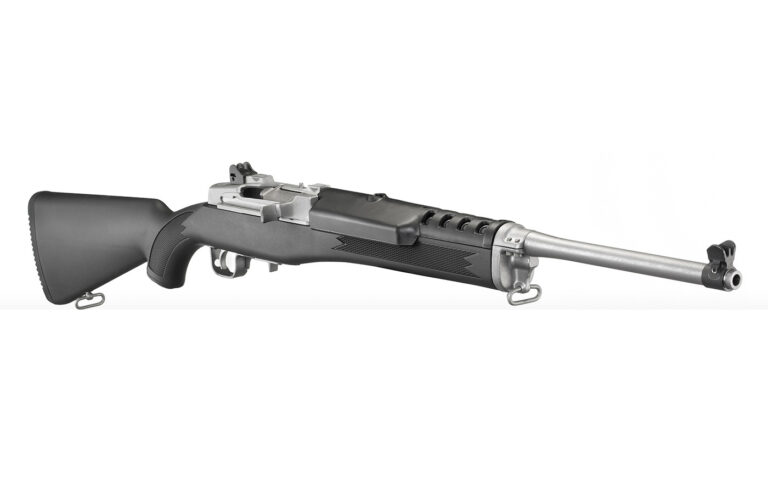
The Department of Justice has had its request for a Section 39 exemption granted in the Order in Council (OIC) court case. As a result, the federal government will not have to show the court the evidence it used to ban firearms in the May, 2020 gun control crackdown.
The Canadian Coalition for Firearms Rights (CCFR) and other parties are facing down with the Department of Justice in court, over the May, 2020 firearms ban (Court File No. T-577-20). The federal government wants to ban a long list of competition, hunting and tactical firearms without going through due legislative process, instead passing the ban via Order in Council. The CCFR and associated parties are trying to stop that, via a legal battle.
So far, things have not gone as interested shooters might have hoped. An early request for an injunction against the OIC ban was denied. Then, at the end of May, it looked like the tide might have turned in favour of the CCFR's lawyers. At that point, Associate Chief Justice Jocelyne Gagné said the Attorney General of Canada had 30 days to produce the documents that served as the basis of the OIC bans. The feds had previously kept that information secret, claiming it was covered under cabinet privilege. Chief Justice Gagné asked to view the documents, to decide whether they indeed qualified, or fell under cabinet privilege.
At that point, the Department of Justice invoked Section 39 of the Canada Evidence Act. In effect, this move hides the documents from anyone's view, even the courts, due to extreme sensitivity of the information. Section 39 is to be used when material is so sensitive, it would be against public interest to disclose it. In other words, it's so hyper-secret that even the courts can't be trusted with it.
Now, the Department of Justice has indeed had its request upheld. The federal government will not be required to explain or defend the reasoning behind its firearms bans.
Many firearms owners assumed the Section 39 request would be denied, and the resulting evidence release would be bad for the Department of Justice's case. That's all speculation, but lawyer Ed Burlew, who's working with the CCFR on the case, had this to say on the CanadianGunNutz forum, in the wake of the decision
The Section 39 CEA means the evidence before cabinet is now secret. The prior decision of the court was to examine the Cabinet Evidence and sort out what was to be secret and what was not . That was No Guarantee the parties challenging the OIC would get all the evidence from Cabinet.
So Now What?
Well we push on! The denial of release of the Evidential Record that Cabinet had allows the Challenging parties to draw an " Negative inference" In the words of the Federal Court of Appeal the Cabinet is saying " Trust us we got it right" . The Courts are generally not in agreement with this stand and will draw the inference that the evidence shows the OIC decision was unjustified.
The evidence the Challenging Parties file will be the record before the judge. Unopposed by Cabinet Evidence The RIAS will have some relevance but really it lack the importance or weight of what was before Cabinet as evidence to support he OIC The RIAS came After the OIC not before.
This leaves the Challenging Parties an Open Field to file evidence of the unfairness and detrimental effects of the OIC on individuals and their Charter Rights. The Political issues are still in play as well.
The task of scheduling the next series of hearings about intervenors , Filing evidence and Cross exams and even the final hearing is upon us .
Your donations for Team Hipwell are definitely needed and appreciated by all the owners of the banned guns. Now is the time to put your shoulder to the wheel.
The section 39 shows weakness of the Cabinet Case . Now is when we can make more progress. With your help.
Yours In Freedom
Ed Burlew LL.B.
In short summary, Burlew says the CCFR's evidence is now unopposed by the feds' evidence, which could be very positive for the case against the OIC. The CCFR and associated parties can throw plenty of shade at the government's move, and the government doesn't have the ability to present counter-evidence. Stay tuned, then: This isn't over yet.